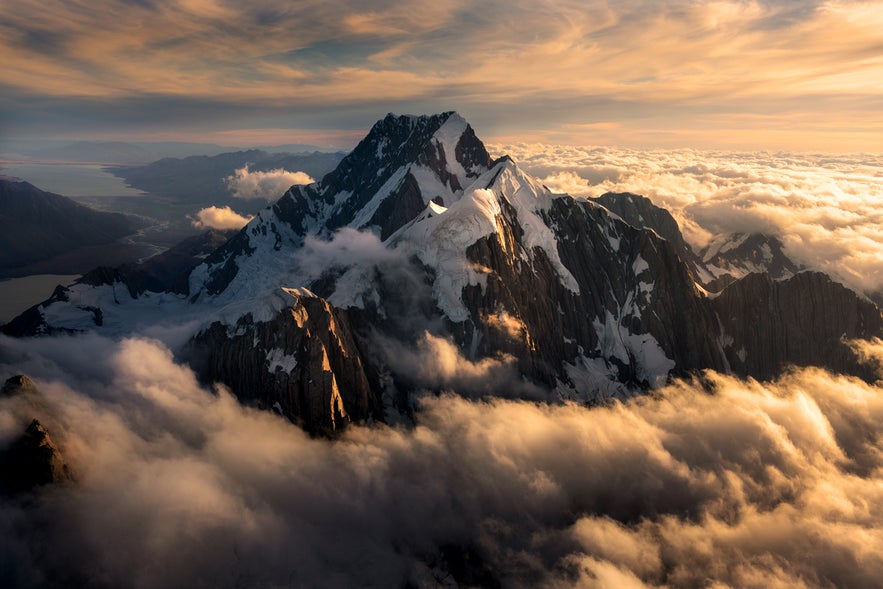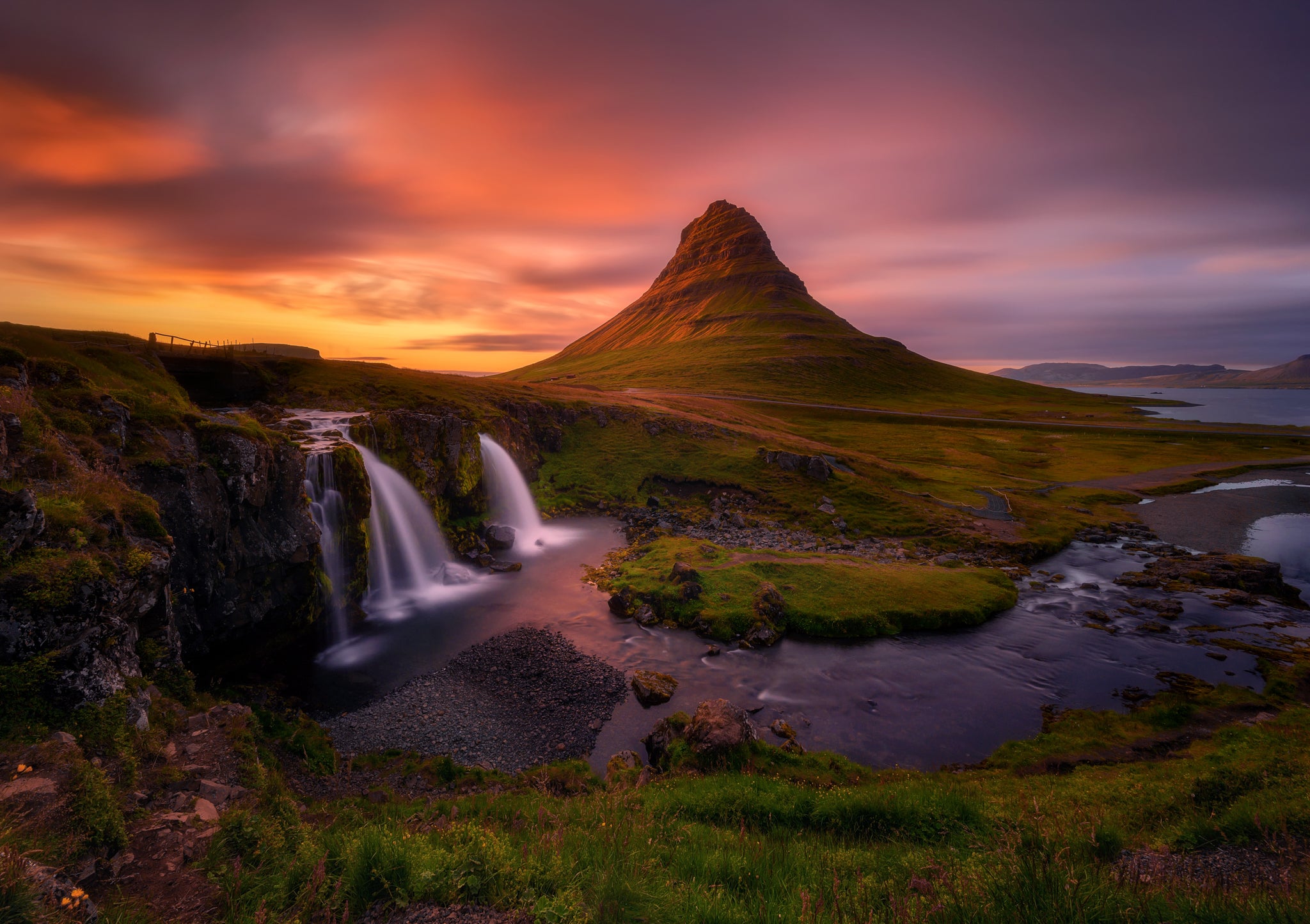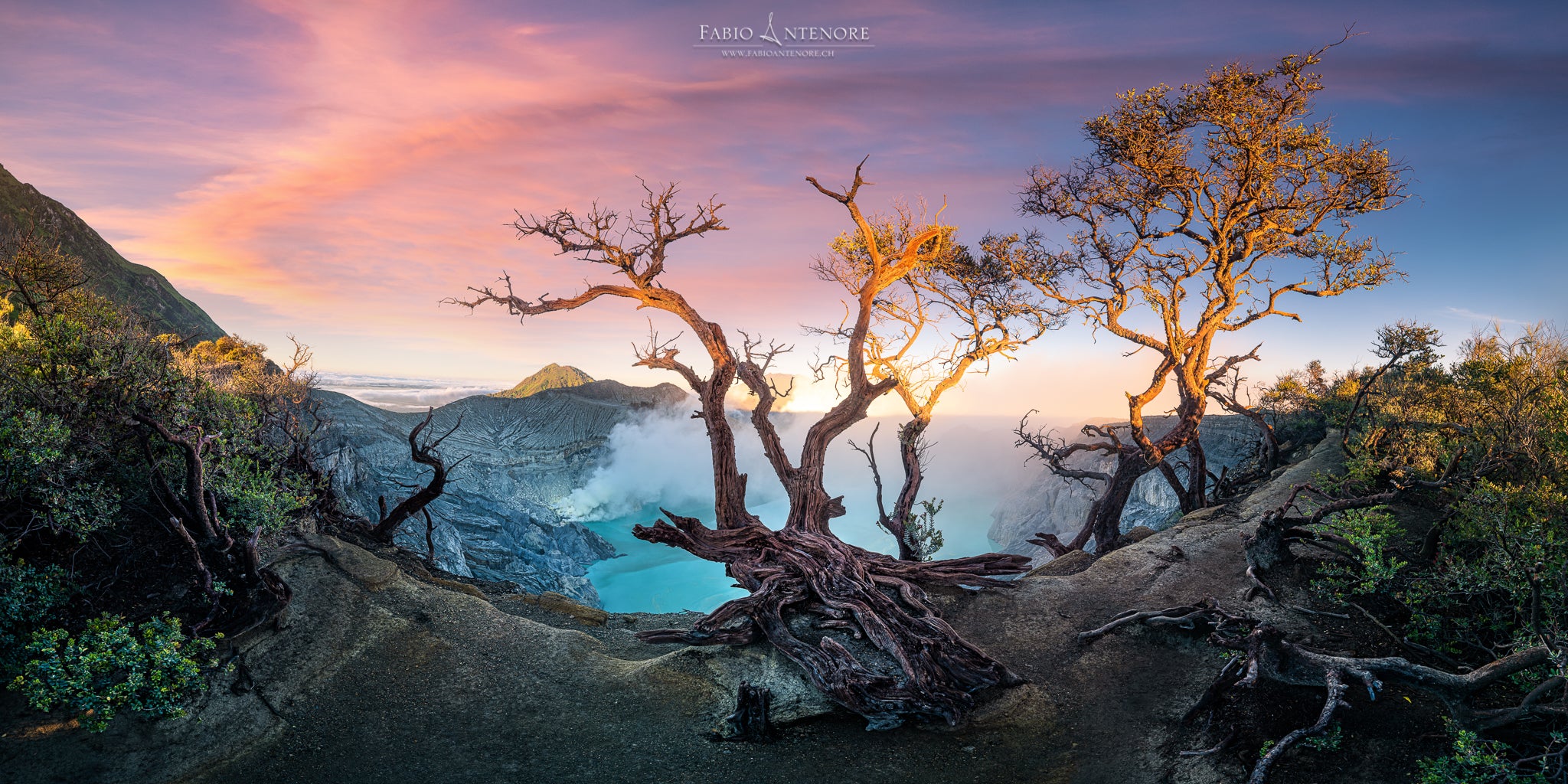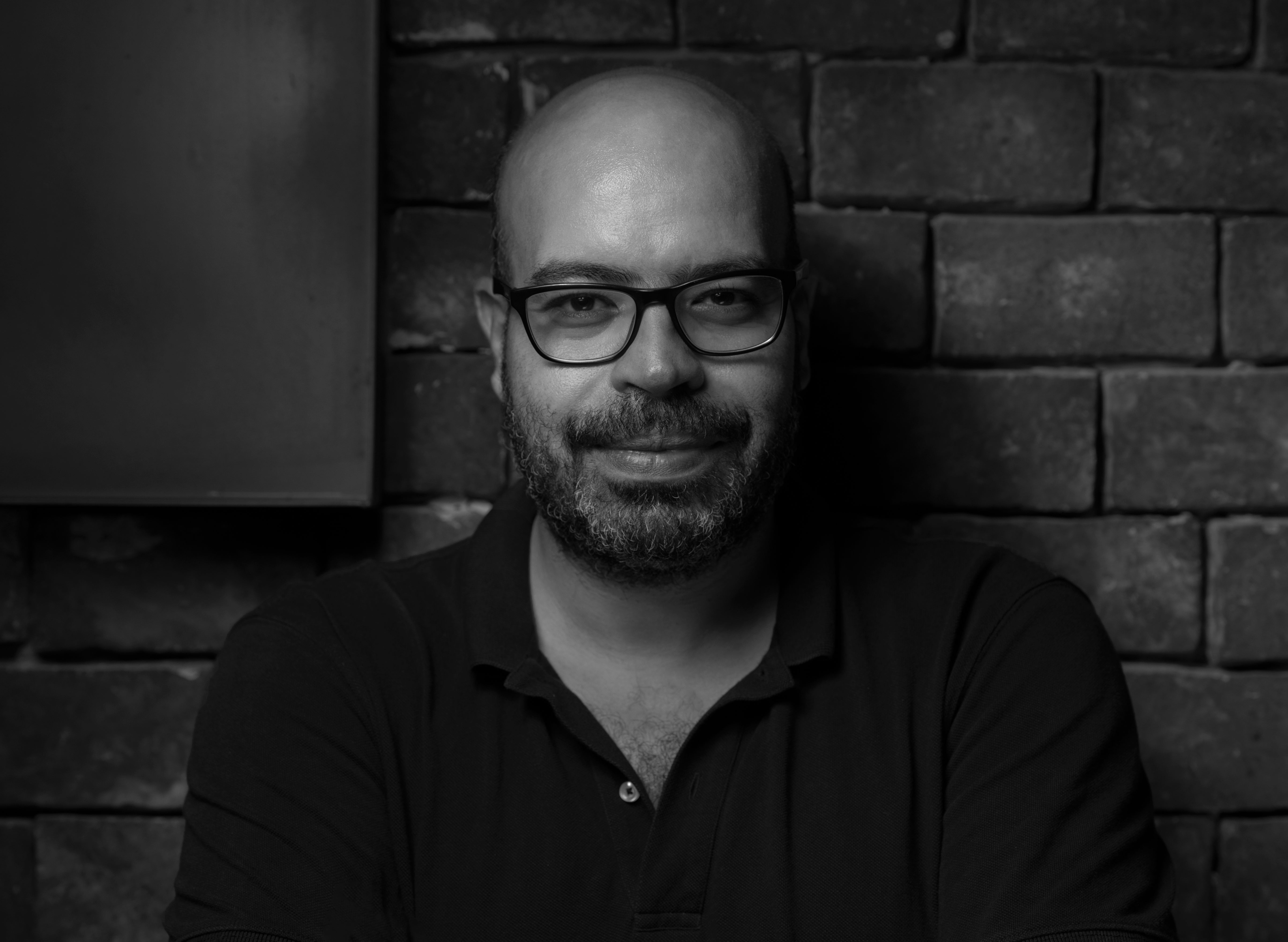
Nature itself is one of the biggest inspirations in life. For landscape photographer, William Patino, capturing the world around him started as a therapeutic journey that has taken on a life of its own.
Currently residing in New Zealand, this photographer and educator breathes a unique drama and beauty into well-known scenes from Patagonia to Iceland. This month, we had the opportunity to chat with him about what inspires him to keep creating, his experience teaching workshops and the power of landscape photography.
 The most moving art is made with no end goal. Photo by: 'William Patino'.
The most moving art is made with no end goal. Photo by: 'William Patino'.
- Discover The Ultimate Guide to Wildlife Photography in Antarctica
- Check out these Patagonia Photo Workshops
- Learn How to Back Up Photos While Travelling in Iceland
Hello William! Thank you for speaking with us. First of all, could you please tell us a little bit about yourself? Before you got into photography, what was your background?
Hi, thanks for reaching out :) Well, in short I’m a full-time landscape photographer, living in the South Island of New Zealand. I have 2 young children and a very supportive wife.
Before I got into photography, I was a HVAC technician (heating, ventilation and air conditioning) for a large company in Australia. Once photography and the outdoors began to consume my life, I had some opportunities arise and found a passion for teaching and running tours.
For 5 years now I’ve been doing this full-time, with my wife assisting me behind the scenes.
 Mount Fitzroy Waves. Photo by: 'William Patino'.
Mount Fitzroy Waves. Photo by: 'William Patino'.
- See also: Patagonia Hiking Photo Adventure
How did you become interested in photography and ultimately landscape photography?
I always had an interest in visual arts and even videography. I skateboarded most of my youth and had friends who would take photos. I used to film skate videos but eventually decided to try out shooting stills one day. That was my first taste of photography really.
This was back in late 2011 and around the same time, I happened to download what was a new app, called Instagram. The platform was in its infancy and I was that one guy who wasn’t on Facebook, so, Instagram resonated with me a lot, with it being something unique and not popular.
Not long into using it, I began seeing some landscape images on there which really piqued my interest. Eventually, I went down to the beach one morning to photograph the sunrise and my life hasn’t been the same since.
 Mount Cook, Tasman Glacier. Photo by: 'William Patino'.
Mount Cook, Tasman Glacier. Photo by: 'William Patino'.
- See also: New Zealand Spring Photo Workshop
Who or what inspires you to create your images in the way that you do? What is it about your approach to photography that makes it different to others?
Since picking up a camera, nature has always been my inspiration. I was battling depression when I first started this journey and nature has been a healing place for me, particularly when witnessing sublime displays of light and atmosphere – it’s hard not to be moved on the inside.
It’s these emotions that I wish to convey through my imagery – a reverence and awe of nature. The painters of the Romanticism movement such as Bierdstadt, Aivazovsky and Cole portrayed this same feeling well. When it comes to modern landscape photography, I have to credit my friend, Marc Adamus, for pioneering and inspiring me.
- See also: Interview with Michael Shainblum
How would you describe the power of landscape photography and what influence does it have upon nature and the world? Can photography make a difference to how people view the world and their environmental consciousness?
Absolutely. That’s the power of art, it has the ability to arouse thought and emotions, which can lead to action.
Photography is more popular now more than ever and it’s being used each day to document important moments and express ideas. Landscape photography shows people areas of the world that they would never have seen otherwise, revealing the fragility, beauty and power of the natural world. This is a great way to lead others to respect and help conserve the natural environment.
 New Zealand Wilderness. Photo by: 'William Patino'.
New Zealand Wilderness. Photo by: 'William Patino'.
What do you feel is your particular mission, or responsibility as a photographer?
Although this is a career for me, my photography really is a personal pursuit. It’s a byproduct of my relationship with the outdoors and nature, a creative outlet that I need to express myself and my individual walk in life.
Photography also ties into my spiritual life. My only hope is that viewers of my work may resonate in some way with my images and perhaps consider the greater meaning and origin of life.
- See also: Travel Photography Explained
Could you tell us a little about your experiences teaching photography? What have your favourite projects been?
Well, my primary business is running photography tours, which essentially involves leading people to spectacular locations during the right times and helping them to create some nice images along the way. From private day tours in New Zealand and Australia to week-long trips in Patagonia, New Zealand, Iceland and Canada, it’s a huge privilege for me to share not just my photography knowledge with people but also my passion for nature and certain parts of the world.
Without a doubt, New Zealand is where I’m truly in my element. I offer a range of different tours here, from hotel-based trips to see the iconic locations to ones where we hike, camp in the backcountry and utilise helicopters, rafts and boats to access unique locations.
 Iceland. Photo by: 'William Patino'.
Iceland. Photo by: 'William Patino'.
Have there been any specific challenges to teaching in certain places, such as Patagonia?
Mountainous regions can always be tricky because of cloud blocking the peaks. New Zealand is great because there are forest and waterfall locations that I can take people to if the mountain shots are no good.
Patagonia can definitely be tricky. The Fitzroy massif is so close to the ice cap that cloud naturally develops in that area once air rises above the range. However, any adversity with the weather only serves to keep things interesting and provides for further learning experiences. Plus, it makes it that much sweeter when things do eventually align. The longer you run tours, the easier it gets when the weather doesn’t cooperate.
 Sunset Wave. Photo by: 'William Patino'.
Sunset Wave. Photo by: 'William Patino'.
Do you think there is a place that every photographer must explore, where there is something that they should photograph? What can they learn from visiting this place?
I think the key word in the question there is ‘explore’. For me, the most memorable moments I’ve had outdoors have indeed arisen from time exploring and going off the beaten path, not standing where millions of others have stood before and trying to replicate a shot that’s trending that month on Instagram. Powerful imagery and art is born from personal experiences, and it’s hard to have these if you’re just following the crowd.
Places like the Canadian Rockies, Iceland and South Island of New Zealand have so much to offer and are incredibly beautiful parts of the world. For an amateur photographer, I’d suggest going to any of these countries, spending a few days checking out the icons and then dedicating at least a week with no itinerary, to see the country through your own eyes.
 Stirling Falls, Milford Sound. Photo by: 'William Patino'.
Stirling Falls, Milford Sound. Photo by: 'William Patino'.
Typically what equipment do you take with you on a normal shoot?
The majority of the time, I have a camera and two lenses – my Sony A7RIII, 16-35mm and 100-400mm. That’s it. No tripods, filters or polarisers. Just a camera, two lenses and I’m fine.
You have quite a few video tutorials available on your website for purchase. What can photographers expect to learn from you if they download these?
I have a complete tutorial series which covers just about everything to do with landscape photography and my approach to making the images I like to create. I designed the series to flow in order, beginning at the core fundamentals of photography and understanding how to shoot in manual mode and get a correctly exposed image.
From there, each episode covers a certain subject like composition, seascapes, waterfalls, mountains, etc. For each, I show the in-field approach and techniques used to create the shot and then I have a post-processing segment where you can follow along step by-step to see how the image is edited.
So, I tried to really cover off the entire image making process for people to see how a photo was made, from the challenges in the field, composing, shooting and editing. It’s been rewarding hearing feedback from customers and shedding light on many topics people get confused about or need help with.
- See also: 12 Day Greenland Photo Expedition
We hear a lot about photographing the Northern Lights but do you have any tips for photographers wanting to shoot the Southern Lights? Where is the best place to capture them and how does it differ from photography in the north?
The light show in the south is quite different, mainly because the light generally stays much lower to the horizon and on occasion will pulse vertical beams upward. The Northern Lights can of course dance across the entire sky and be much more vibrant. The Southern Lights are still fun to shoot and can be seen in New Zealand, Tasmania and much more reliable in Antarctica.
I definitely would not base a holiday or travels around trying to see them though. Clear skies and a strong solar storm is needed, particularly to see them with the naked eye. I’d say on average, we might get 10 nights per year where it’s possible to see them and get a decent photo.
What’s the best photography advice that you’ve ever been given? Do you have any advice that you’d like to pass on to photographers just beginning to take an interest in landscape photography?
I’m not sure about advice given to me, unfortunately. I’m a bit of a lone wolf really. My advice for beginners would be to just have fun and don’t get too caught up in making money from photography. Photography has become big business these days, fuelled by endless comparison on social media. I really think the most moving art is made when there’s no motives or end goal, when it comes from within. This can best be done when someone stops concerning themselves with others and instead concentrates on bettering themselves.
 Fiordland Waterfalls. Photo by: 'William Patino'.
Fiordland Waterfalls. Photo by: 'William Patino'.
What do you see as the new horizons for landscape photography in the future?
With the rate of technological advancements, it’s hard to say. I know places of natural beauty will continue to disappear, so I can imagine that people will be wanting to see and enjoy them more than ever, whilst they still can. I think as the world continues to change, nature imagery will be more appreciated than what it currently is.
Are there any exciting projects that we can expect from you in the coming year?
I’m just always working on creating better photos and making memories. All being well, I’d like to make another tutorial series or even a different series which documents some of my work and educates at the same time. I’m undecided on that yet. For now, I just want to keep chasing fleeting moments and try to do them justice with my camera.
For more information on William Patino's work, you can visit his website or find him on Facebook and Instagram.
Learn to master the art of photography as you travel to incredible destinations all around the world! Check out our range of international photo tours and photography workshops.












